1. The Person With the Coolest House Hosted Everything
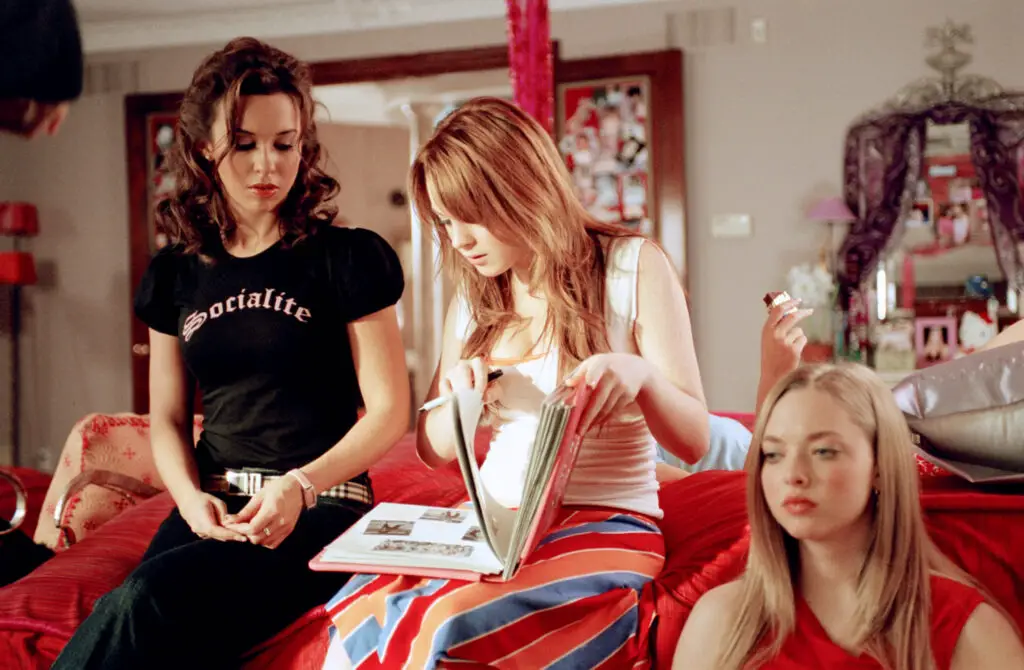
Every friend group had that one house where everyone naturally gathered, whether it was because their parents were chill, they had the biggest basement, or they had the best snacks. It wasn’t something that was ever officially decided—it just happened. The cool house was the spot for sleepovers, movie marathons, and endless gaming sessions, and the unspoken rule was that the host never had to ask for people to chip in explains Cosmopolitan. Everyone just knew to bring their own snacks or pitch in for pizza, even if it was just a handful of quarters from the couch. There was a natural rhythm to it: arrive, drop your stuff by the door, grab a soda, and settle into whatever was happening that night. If the house had a good backyard, that was a bonus, and if they had a trampoline? Instant legend status.
Parents at the cool house got used to half the neighborhood showing up unannounced, and they either embraced it or quietly tolerated it. If they had a basement with a big couch and a TV, that was the headquarters for every sleepover. The best part was that the host’s parents rarely came downstairs unless it was to check if anyone needed more snacks. If the house had an older sibling with a driver’s license, that was even better—free rides to the mall or the movies were everything. No one ever outright said it, but if you were lucky enough to have the cool house, you just accepted that your home was the group’s second home.
2. The Group Had an Official Mall Hangout Spot
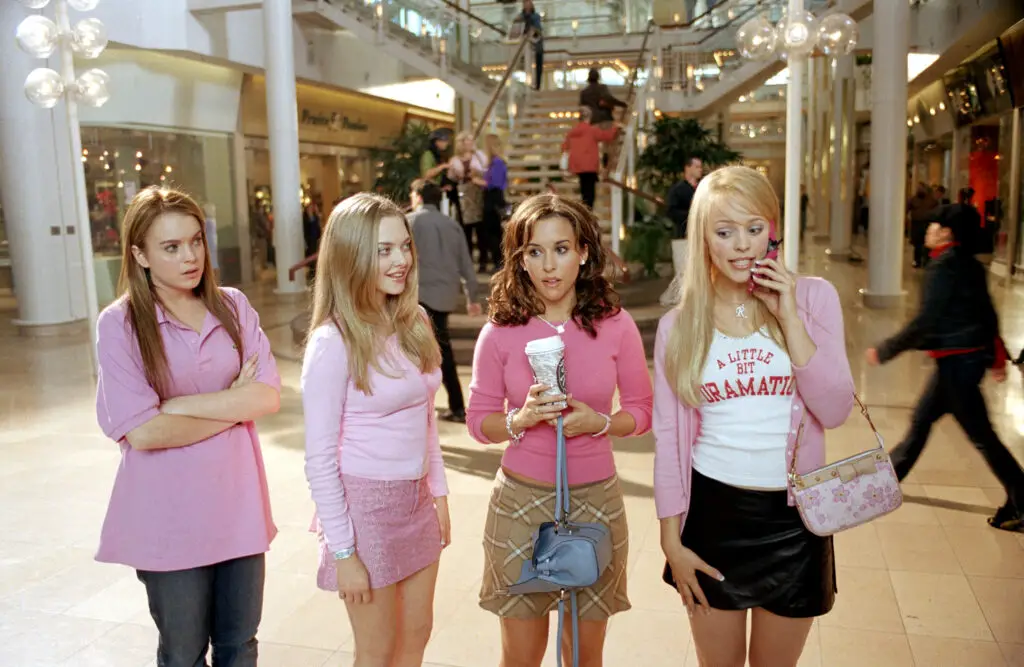
Every friend group had their own designated meeting spot at the mall, and it was always the same place. Maybe it was the food court table near the arcade, the bench outside Hot Topic, or the weirdly comfortable chairs inside Borders. No matter what, that spot belonged to you and your friends, and if you got there first, you just waited until everyone else arrived. Showing up late meant searching the entire mall to find where the group had wandered off to, which was a nightmare without unlimited texting. Most of the time, though, you just instinctively knew where everyone would be.
Trips to the mall had a structure, even if no one planned it. You browsed stores you had no intention of buying from, made fun of overpriced clothes, and smelled every single bottle at Bath & Body Works. At some point, someone always got pretzels, and if one person got an Orange Julius, suddenly everyone wanted one. If someone had a little extra cash, they might splurge on a graphic tee from Spencer’s or a cheap accessory from Claire’s. The day usually ended with an impromptu photoshoot at a department store mirror or an attempt to convince someone’s older sibling to pick you all up early explains the Hill.
3. If You Called Shotgun, It Had to Be Respected
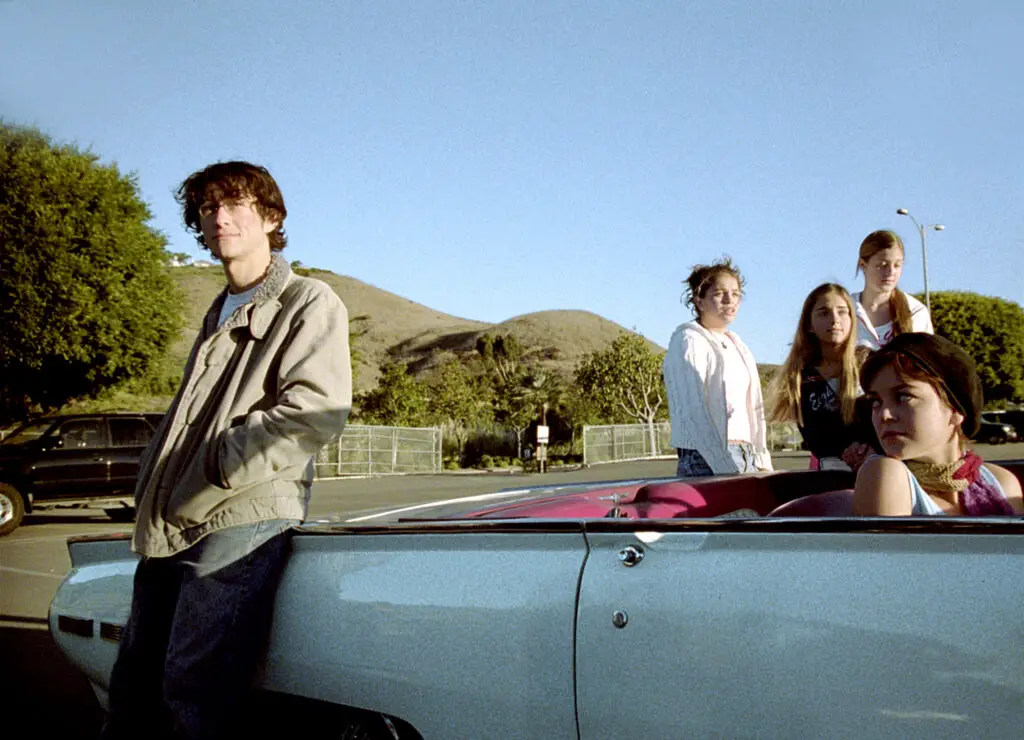
Calling shotgun was an art form, and if you hesitated for even a second, you lost your chance. The rules were sacred: you had to call it before seeing the car, you had to say it loud enough for everyone to hear, and no take-backs. If two people called it at the same time, a debate broke out, usually settled by who had gotten shotgun last time. No one ever questioned the system—it just existed, unspoken but binding. The only way to override it was if someone had a legitimate reason, like a broken leg or needing extra space for their bag.
Once you had shotgun, you had responsibilities. You were in charge of the music, meaning you had to pick something everyone liked or risk an immediate veto. You also had to be the navigator, even though you were just as bad with directions as the driver. If the driver needed something from the backseat, it was your job to grab it, no complaints allowed. Most importantly, if there were snacks, you had to distribute them fairly. Failing in your duties could get you temporarily banned from shotgun, and that was a punishment no one wanted says Hero Magazine.
4. You Had to Know Everyone’s Ringtone by Heart
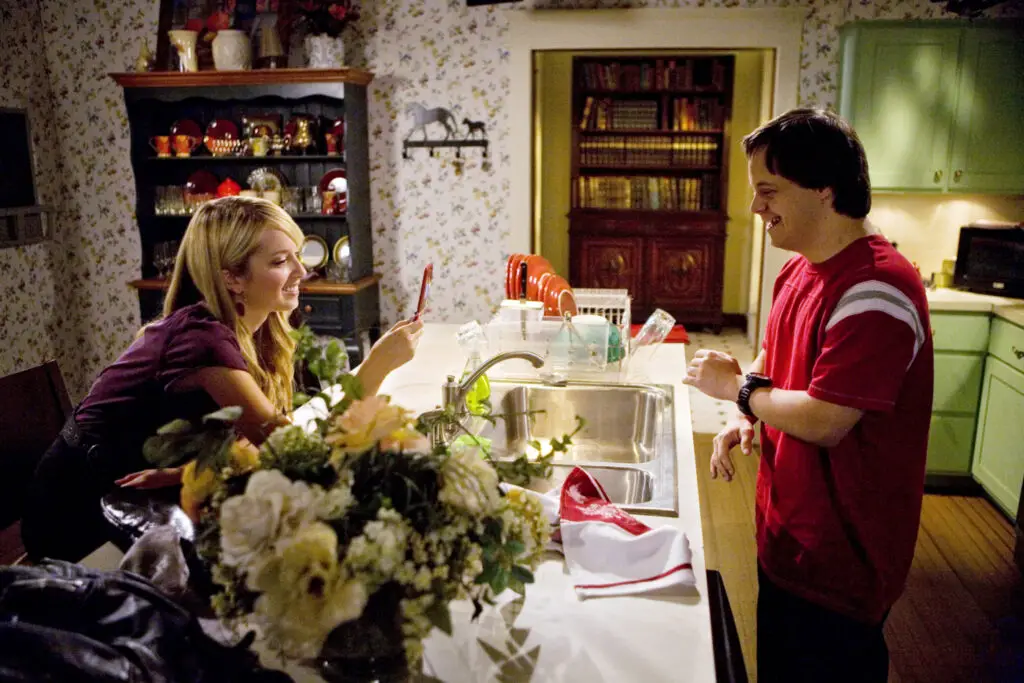
Ringtones were a personality trait in the early 2000s, and if you were close friends with someone, you knew exactly what song played when they got a call. Everyone had their signature tone, whether it was a popular pop song, a weird sound effect, or the classic Nokia default. Some people even set custom ringtones for their best friends, which was the ultimate sign of friendship. If your ringtone was something embarrassing, you had to be prepared for people to judge you when it went off in public.
Text tones were just as important, and you could tell who was texting without even looking at the screen. If someone had a flip phone, they’d dramatically snap it shut after reading a message to prove a point. If they had a sidekick, they’d flip the screen up with an unnecessary amount of flair. The biggest struggle was picking a new ringtone when you got bored of your old one because there were way too many options. Downloading a new one usually meant begging a parent for money or figuring out how to get it for free.
5. MySpace Top 8 Could Make or Break a Friendship
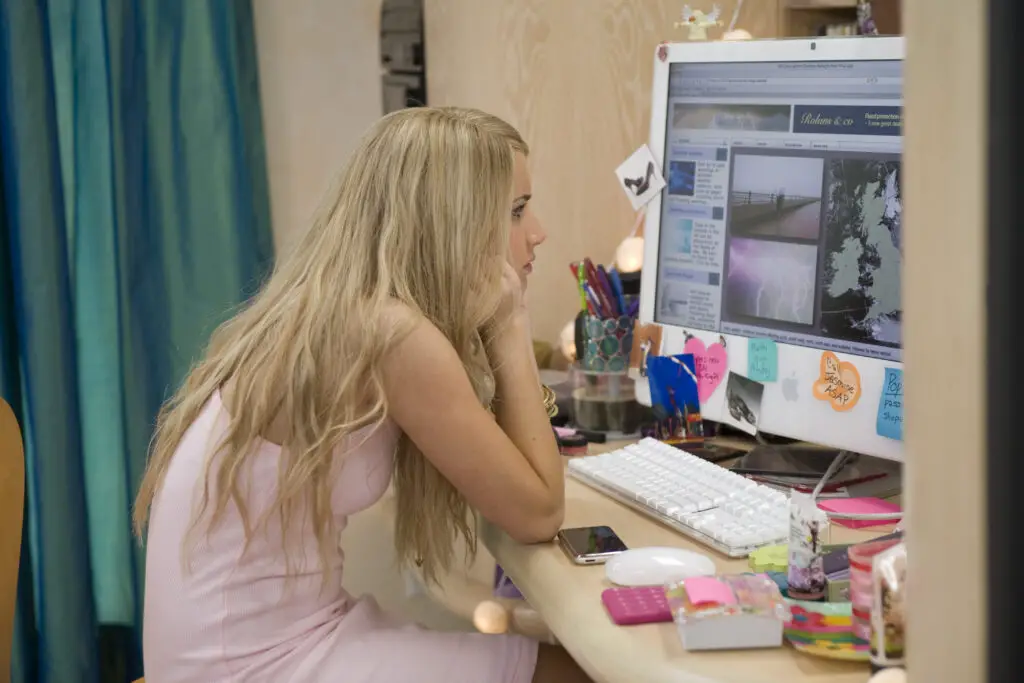
The MySpace Top 8 was basically a ranking of who mattered most in your life, and getting demoted was a serious offense. If you were in someone’s Top 8, it meant you were an elite-tier friend, but if you suddenly got bumped down, you immediately wanted to know why. People spent way too much time rearranging their Top 8, trying to strike the perfect balance between best friends, crushes, and the occasional family member. If there was drama, you didn’t text about it—you checked their Top 8 first to see if they had secretly moved you.
Friendships were tested when a new person suddenly appeared in the lineup, especially if they took a top spot. People made entire posts complaining about the unfairness of the system but still participated in it anyway. The only thing worse than getting bumped was being removed entirely, which was a declaration of war. Some people tried to avoid drama by switching to a Top 12 or 16, but everyone knew the first eight were the only ones that really mattered. The MySpace Top 8 wasn’t just a list—it was a power move.
6. You Had to Burn the Perfect Mix CD for Every Occasion
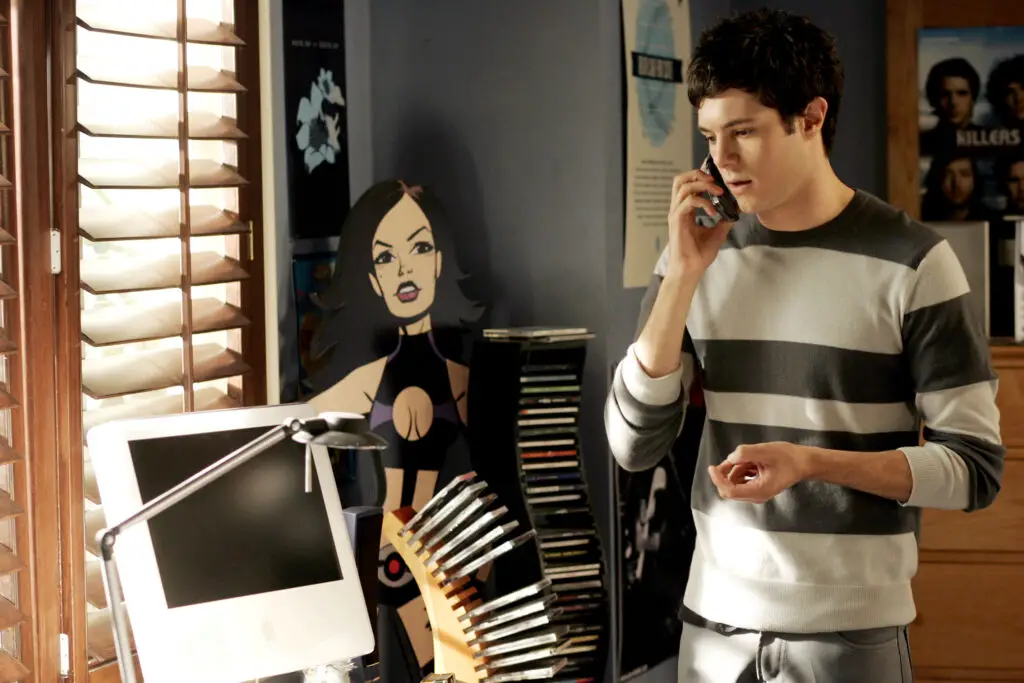
Making a mix CD was an art, and if you gave one to a friend, it was basically a love letter to your friendship. The tracklist had to be carefully curated, with a mix of current hits, deep-cut favorites, and at least one ironic throwback song. There was always a dramatic opening track, a high-energy middle, and a perfect closing song that left an impact. If you messed up the order, you had to start over because a good mix CD told a story. Labeling it was just as important—you had to either use a Sharpie to write something meaningful or go all out with stickers and doodles says Teen Vogue.
The best mixes had a theme, whether it was “Summer Jams 2004,” “Songs to Cry To,” or “Road Trip Essentials.” If someone made you a CD, you listened to it religiously, even if it had songs you didn’t like. You never skipped tracks because that would be disrespectful to the person who carefully selected them for you. Burning a new mix was a whole event that involved carefully downloading songs, making sure the CD didn’t get scratched, and hoping your computer didn’t crash in the process. If a friend didn’t return a mix CD, that was basically a friendship betrayal.
7. The Friend With a Digital Camera Was the Unofficial Photographer
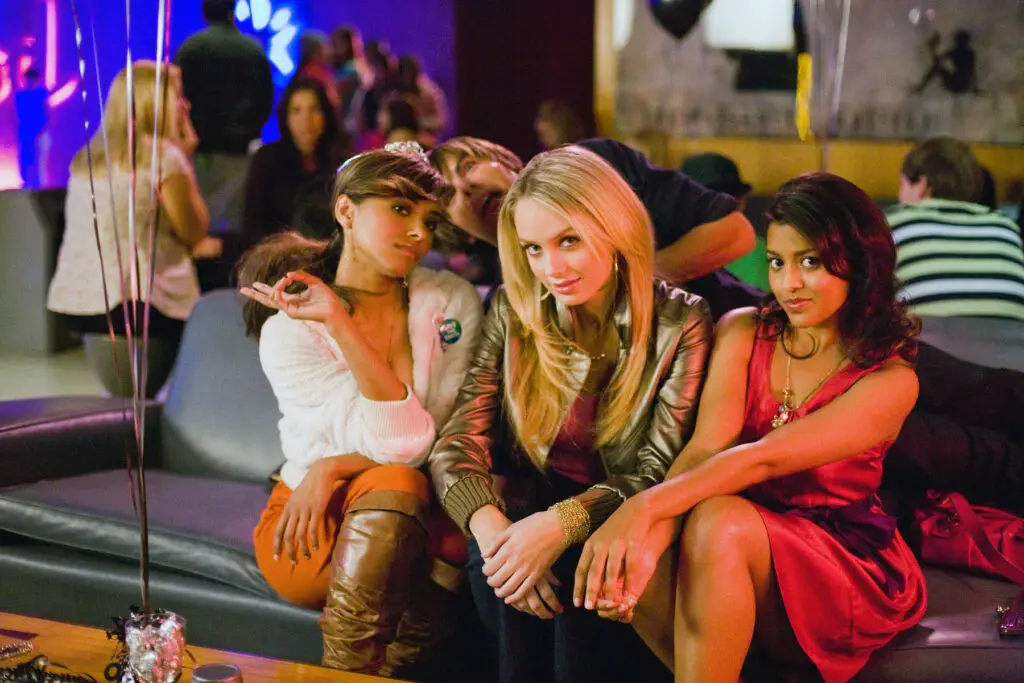
Before smartphones, someone in the group always carried a digital camera, and they were responsible for capturing every moment. It was a big deal because they had to lug it around, make sure the batteries didn’t die, and have enough storage for all the pictures. Taking photos wasn’t just about snapping random shots—it was about getting the perfect group pose. You had to do multiple takes to make sure no one was blinking, and everyone looked their best. If your friend had a camera with cool filters, they were immediately the group’s most important person.
Once the photos were taken, you had to wait for them to be uploaded, which could take days depending on how lazy your friend was. When they finally made it to MySpace or Facebook, you had to go through and tag yourself in every single one. If an unflattering picture got uploaded, you had to beg for it to be taken down, or at least untagged. There was always a risk that the worst photos would end up in a cringey slideshow with a sappy song playing in the background. No one ever deleted pictures because memory cards were treated like treasure troves of nostalgia.
8. Someone Always Had to Guard the Stuff at the Food Court
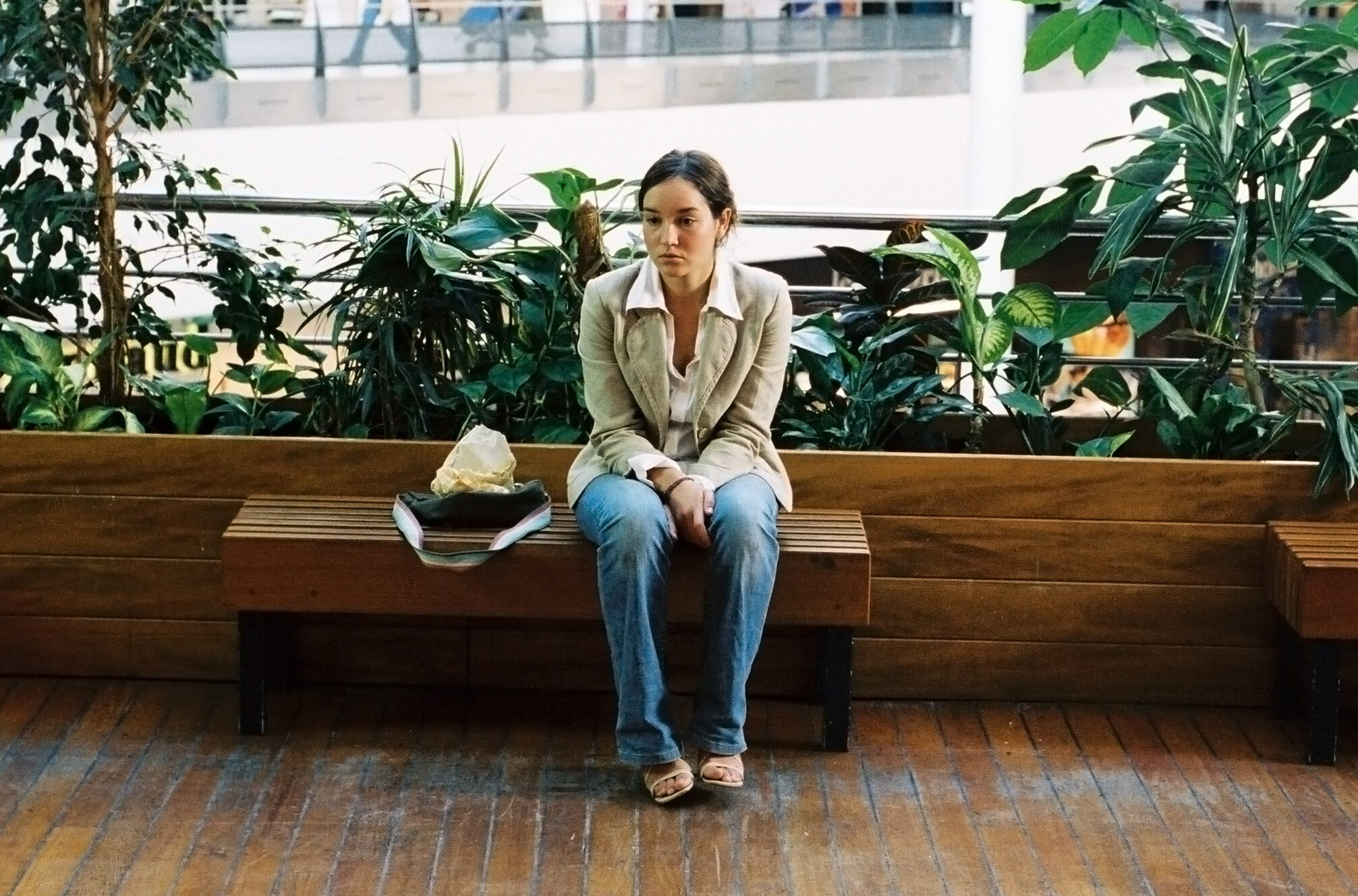
When your group went to the mall food court, someone always got stuck guarding the bags while everyone else went to order food. No one officially volunteered—it just sort of happened, usually to the person who wasn’t hungry or took too long deciding what to eat. Sitting at the table alone while watching everyone else have fun was the worst, especially when you had to glare at strangers who looked a little too interested in your stuff. If the group took too long, the designated bag-watcher started getting annoyed and texted passive-aggressive messages asking where everyone was.
The unspoken rule was that whoever guarded the stuff got first dibs on the extra fries or free samples people brought back. If you were lucky, someone would offer to stay behind with you so you didn’t have to suffer alone. The worst part was when a table was too small for the group, and you had to fight for extra chairs from other tables. If the food court was packed, there was a mini panic every time a family walked by looking for a seat because you had to make it clear the table was taken. It was a high-pressure job that no one wanted but everyone had to do at some point.
9. Sleepovers Had a Strict Order of Events
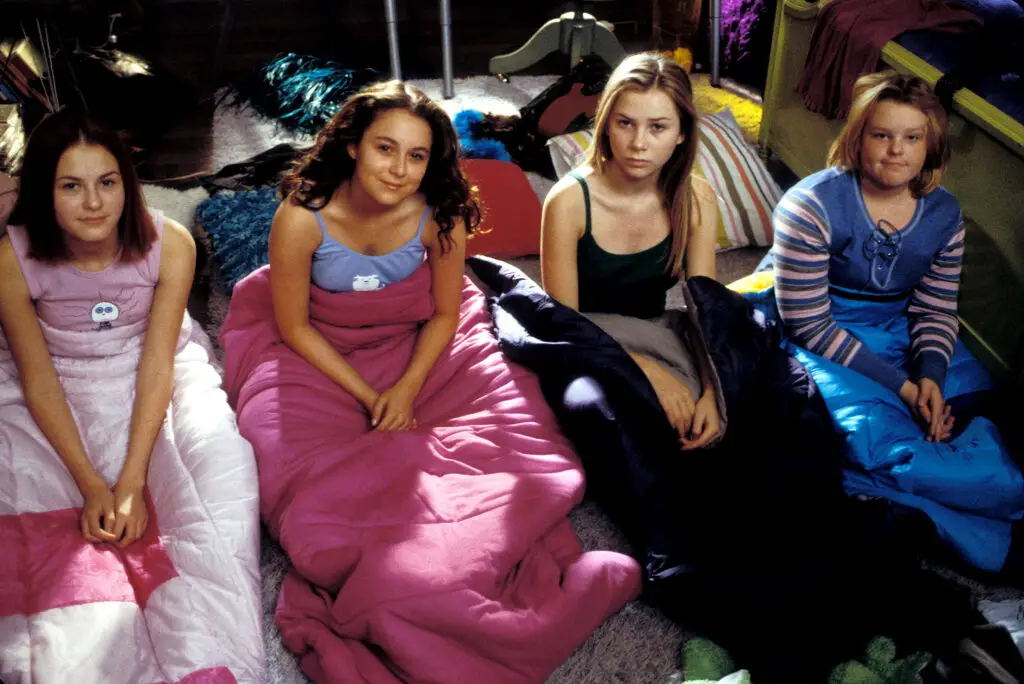
Every sleepover followed the same general structure: chaotic energy at the beginning, junk food consumption in the middle, and deep emotional talks at the end. The first hour was always the loudest, filled with screaming, running around, and debating what to do first. At some point, everyone gathered in front of the TV to watch a movie, but no one actually paid attention because there were too many side conversations happening. Pizza was almost always involved, along with an excessive amount of candy and soda that guaranteed no one would sleep anytime soon.
Once the sugar rush wore off, the sleepover transitioned into the “sharing secrets and having life talks” phase. This was the part where someone always admitted their crush, someone else talked about their family drama, and everyone suddenly became armchair therapists. If you were at a sleepover with a group, at least one person always fell asleep way too early and got drawn on with a Sharpie. The last ones awake felt like they had unlocked a secret level of friendship, knowing they’d be the only ones who remembered the final conversations.
10. If One Person Had a Problem With Someone, Everyone Did
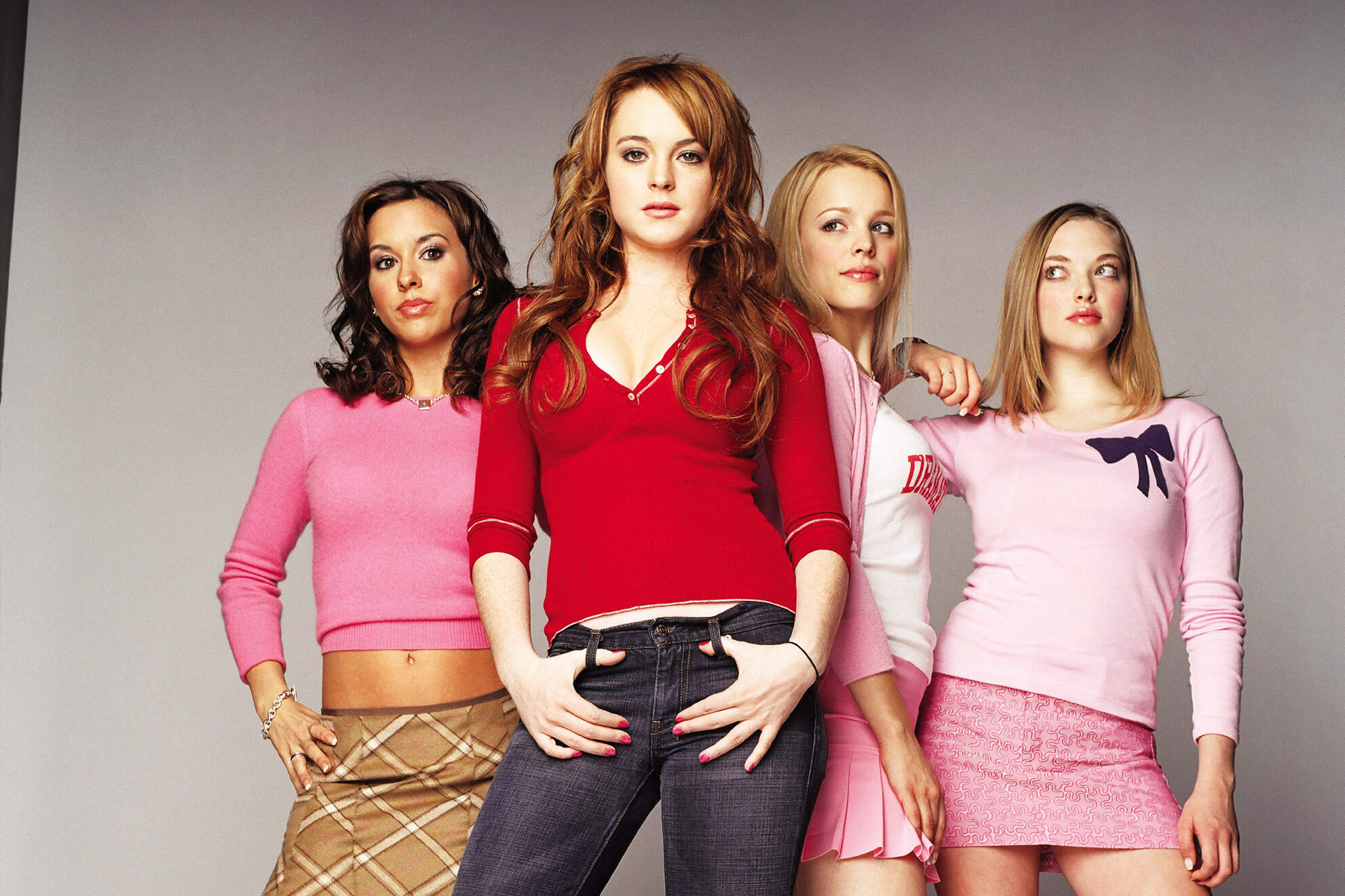
Friend group loyalty in the early 2000s was intense, and if one person had an issue with someone, the entire group had an issue with them. It didn’t matter if you personally had no reason to dislike the person—if your best friend was mad at them, you were mad too. This rule applied to exes, rival friend groups, and even random classmates who gave your friend a weird look. If you saw the enemy in public, you didn’t just ignore them—you shot them a glare to make sure they knew they weren’t welcome.
The most extreme version of this was the dramatic AIM away message that made it clear someone had wronged the group. Passive-aggressive lyrics were common, and if you really wanted to send a message, you’d put a sad song on your MySpace profile. Group loyalty also meant that if your friend had a crush on someone, you had to be their biggest hype person. If that crush hurt them, they were dead to the group forever. No exceptions.
11. Everyone Had an Assigned Role in the Friend Group

Every friend group had unofficial roles that everyone just naturally fell into. There was the planner, the one who actually made sure things happened instead of just talking about it. The funny one kept the group entertained with jokes and impressions, while the responsible one made sure no one did anything too reckless. The chaotic one was always coming up with wild ideas, and the mom friend carried extra gum, band-aids, and probably a backup phone charger. These roles weren’t chosen—they just happened.
The worst was when two people had the same role because it threw off the group dynamic. If there were two planners, they clashed over who got to organize things. If there were two chaotic friends, the group suddenly became way too unpredictable. The best groups balanced each other out, with everyone having a unique but equally important role. If someone ever tried to switch roles, it didn’t work. You couldn’t force yourself to be the responsible one if you were known for forgetting your own phone charger.
12. The Group Had an Official Favorite TV Show
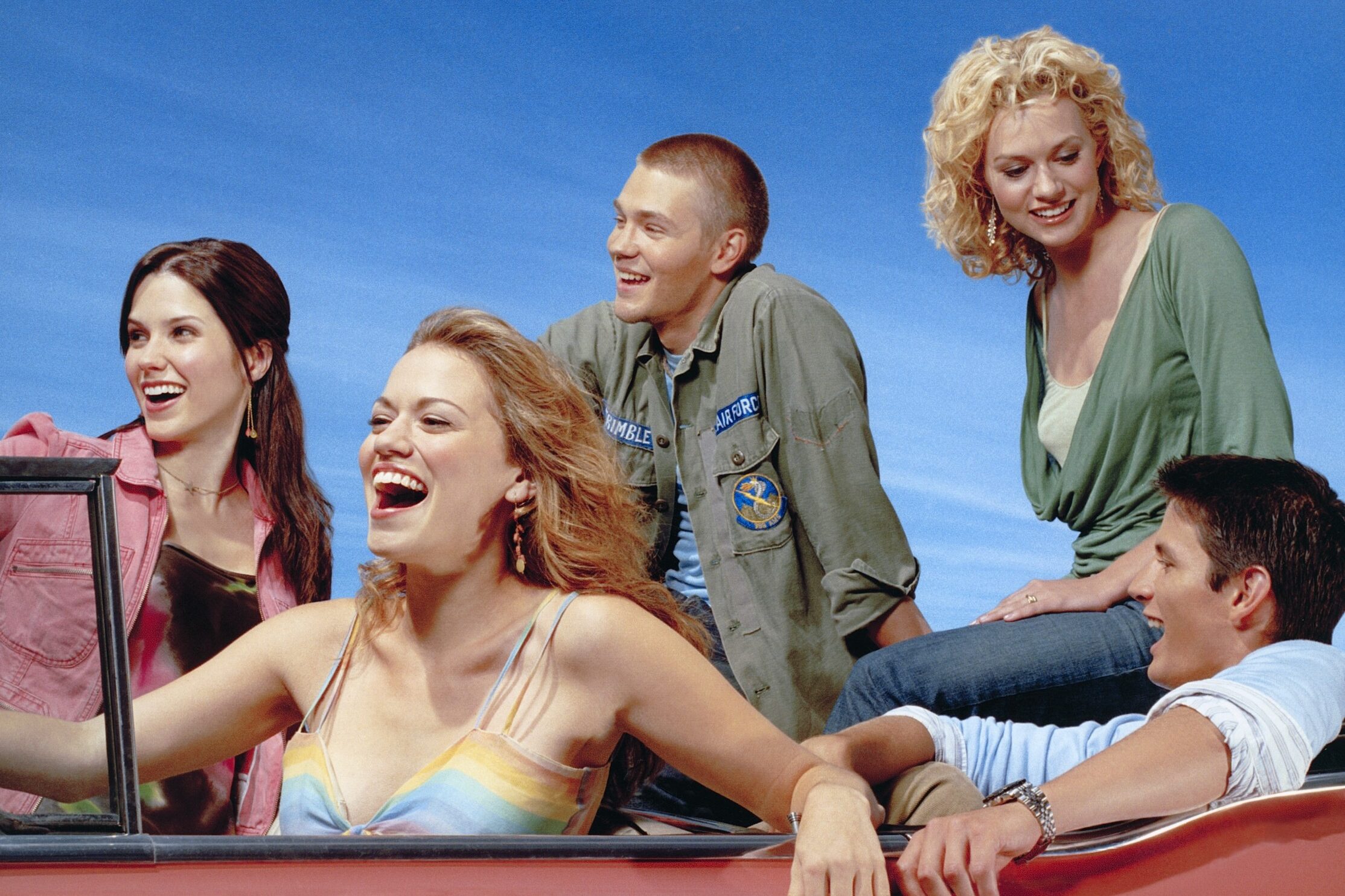
There was always one TV show that everyone in the friend group obsessed over. Maybe it was The O.C., One Tree Hill, or Gilmore Girls, but whatever it was, missing an episode was a crime. If someone spoiled something before everyone had seen it, they were in serious trouble. Sleepovers often involved rewatching favorite episodes, and inside jokes from the show made their way into everyday conversations. If the show had a major plot twist, the group chat exploded with theories and reactions.
The ultimate betrayal was when someone started watching ahead without the rest of the group. It didn’t matter if they promised not to spoil anything—the trust was broken. Watching together made everything more exciting, especially if the show had a love triangle that sparked debates. There was always one person who shipped the “wrong” couple, and the arguments got intense. If a main character got written off, the entire group grieved like they had lost a real friend.
13. Borrowing Clothes Was a Sacred Trust
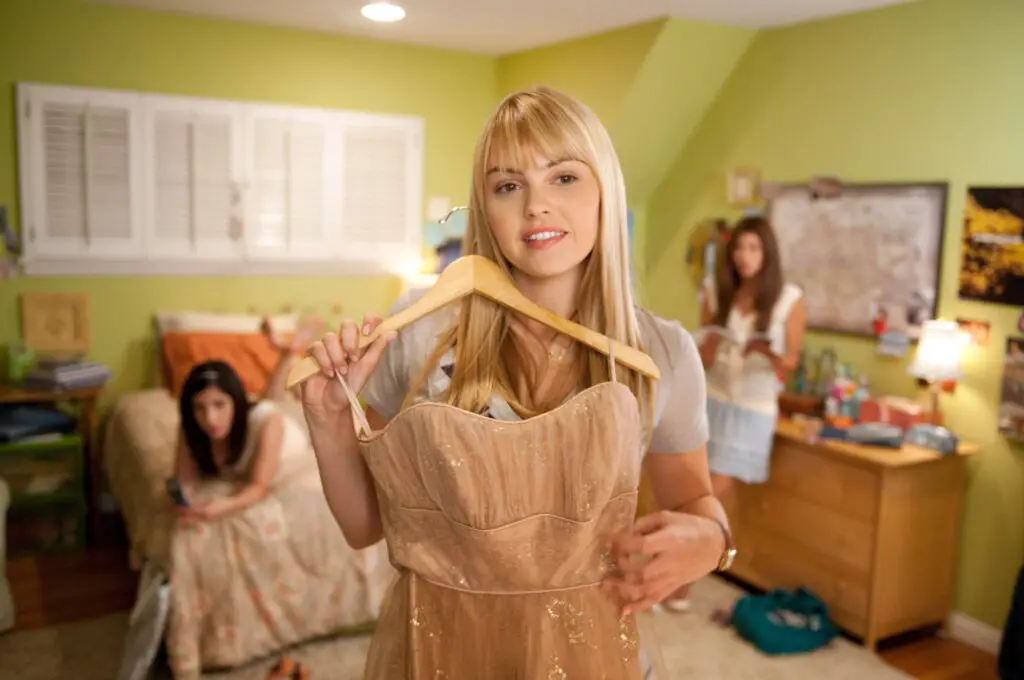
Sharing clothes within the friend group was common, but borrowing something meant you had to return it in perfect condition. If you stretched out a hoodie or spilled something on it, you had to deal with the consequences. Certain items were off-limits, like a favorite band tee or anything brand new. If someone lent you their jacket at school, it was basically a declaration of friendship.
The biggest unspoken rule was that if you borrowed something cute, you had to pretend you didn’t get more compliments than usual. If someone kept “forgetting” to return an item, it became an ongoing joke, but deep down, the owner wanted it back. The ultimate offense was lending someone a sweater only to find out they had let someone else borrow it. Clothes weren’t just clothes—they were a symbol of trust.
